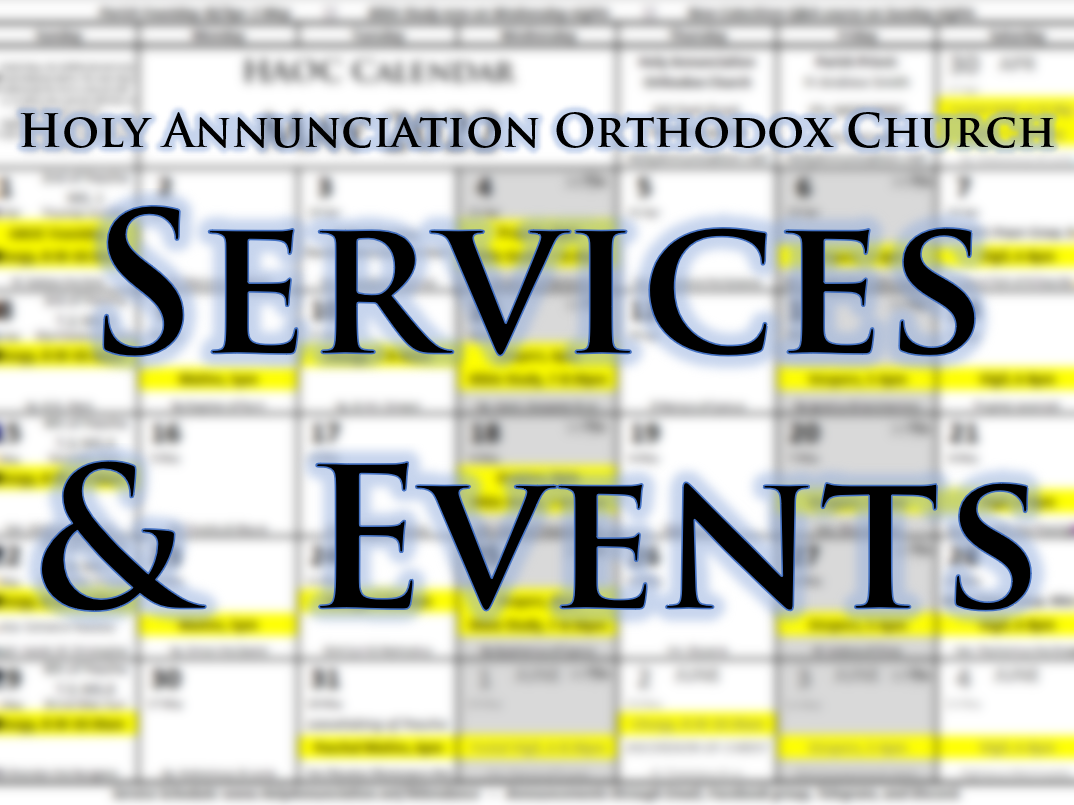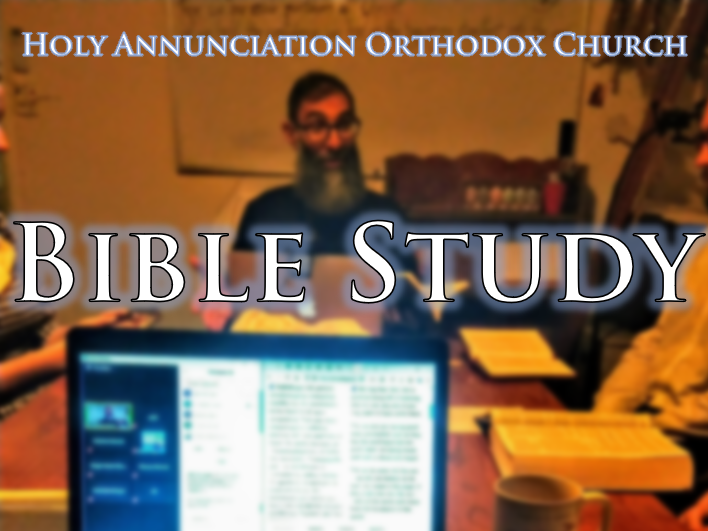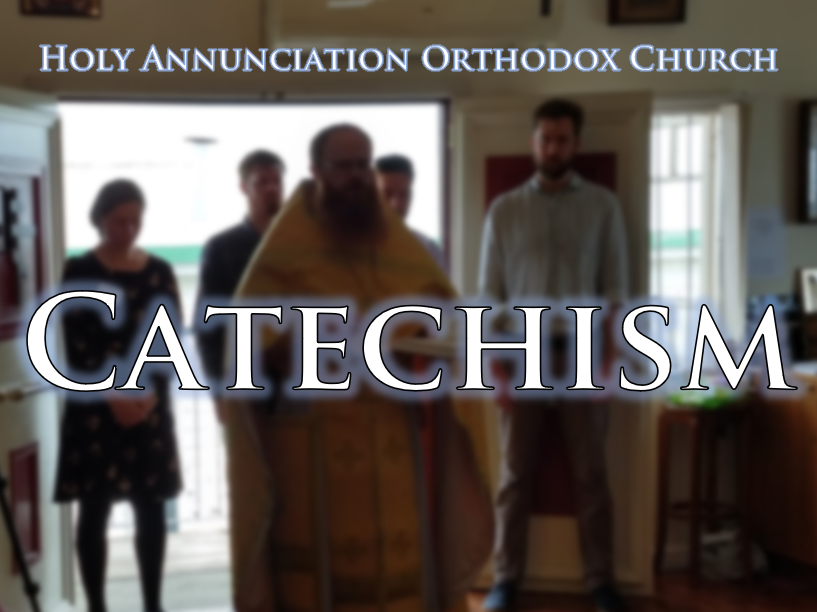Resource Page:
Marriage
“For this reason a man will leave his father and mother and be united to his wife, and the two will become one flesh.” - Ephesians 5:31
Please note: if you are planning a wedding, please speak with Fr Andrew to discuss arrangements and your proposed wedding date before making any bookings.
The below photos are from Dmitri & Sophie's wedding at St Nicholas Cathedral. We extend our heartfelt thanks and gratitude to both Dmitri & Sophie as well Say Milk Photography for allowing us to use these beautiful photos.
What is the Orthodox view on marriage?
An Orthodox marriage is a man and a woman coming together to join to a couple ("the two shall become one flesh" - Mark 10:8)
The central point of marriage is to enter the Kingdom of Heaven together. "If a man and a woman marry in order to be companions on the journey to heaven, then their union will bring them great joy" - St John Chrysostom.
What is required of each spouse?
Each spouse must:
- Love each other, bearing weaknesses (Eph 4:1-3)
- Live in integrity, faithful to each other (Heb 13:4)
- Devote time to prayer, show religious zeal, inspiring and edifying the spouse
- Have behaviour that conforms to maximum Christian standards.
- Help each other to be more Christlike
- Honour & respect in-laws (who, in turn, should be like second parents to their children-in-law)
- Avoid jealousy
The Wedding Ceremony
What is required for the wedding ceremony?
To register a marriage with the Government, paperwork is required.
(Fr Andrew will provide more information on this).
For the wedding ceremony the couple must provide: rings and a rushnik (if wanted, this is a white cloth placed on the ground that the couple stands on during the ceremony).
The other items that are needed for the ceremony can be provided by the church or the couple, these include; candles, crowns, Common Cup with wine and a choir or singers (fees may apply).
Fr Andrew offers pre-marriage counselling where the wedding service is looked at in more depth.
If you haven't experienced an Orthodox Wedding yet, prepare to encounter some beautiful traditions. Below, we have complied information on several essential aspects of the Orthodox marriage ceremony.
The Names:
Through the service, the bride and groom will be referred to by their baptismal names - the name of their saint that they were given at baptism. (Sometimes this will be different to their given name, or a slight variation of that name).
The Rings:
The rings are blessed by the priest before he exchanges them three times, taking the bride's ring and placing it on the groom's finger and vice-versa. The rings are the symbol of betrothal from the most ancient times. The exchange signifies that, in married life, the weakness of one partner will be compensated by the strengths of the other, the imperfections of one by the perfections of the other. Individually, the newly betrothed are incomplete, but together they are made perfect. Thus, the exchange of rings signifies that the spouses in marriage will constantly complement each other and be enriched by the union.
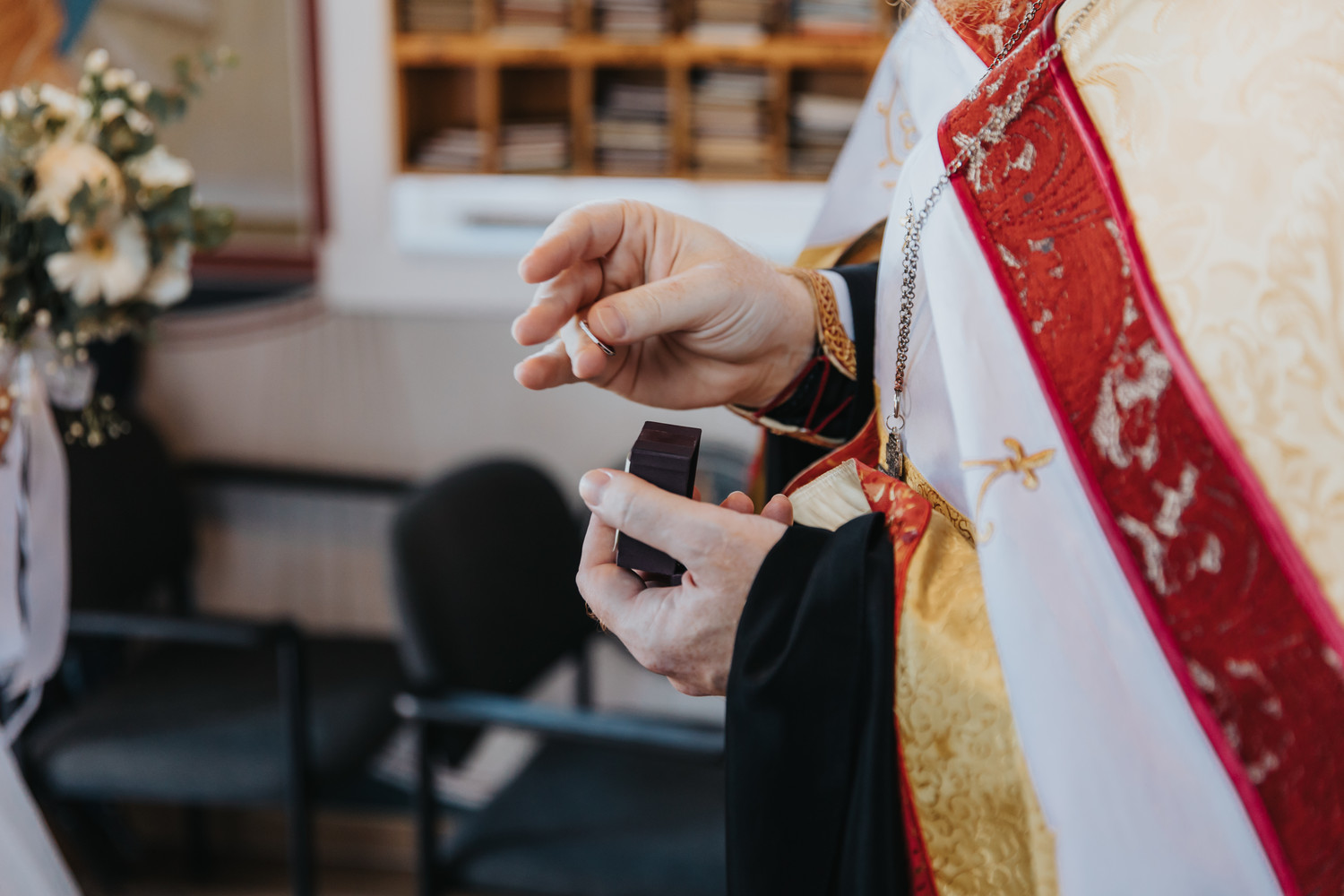
The Candles:
The bride and groom are handed candles which they hold throughout the service.
This symbolises the spiritual willingness of the couple to receive Christ, the Light of the World, who will bless them through this Sacrament.
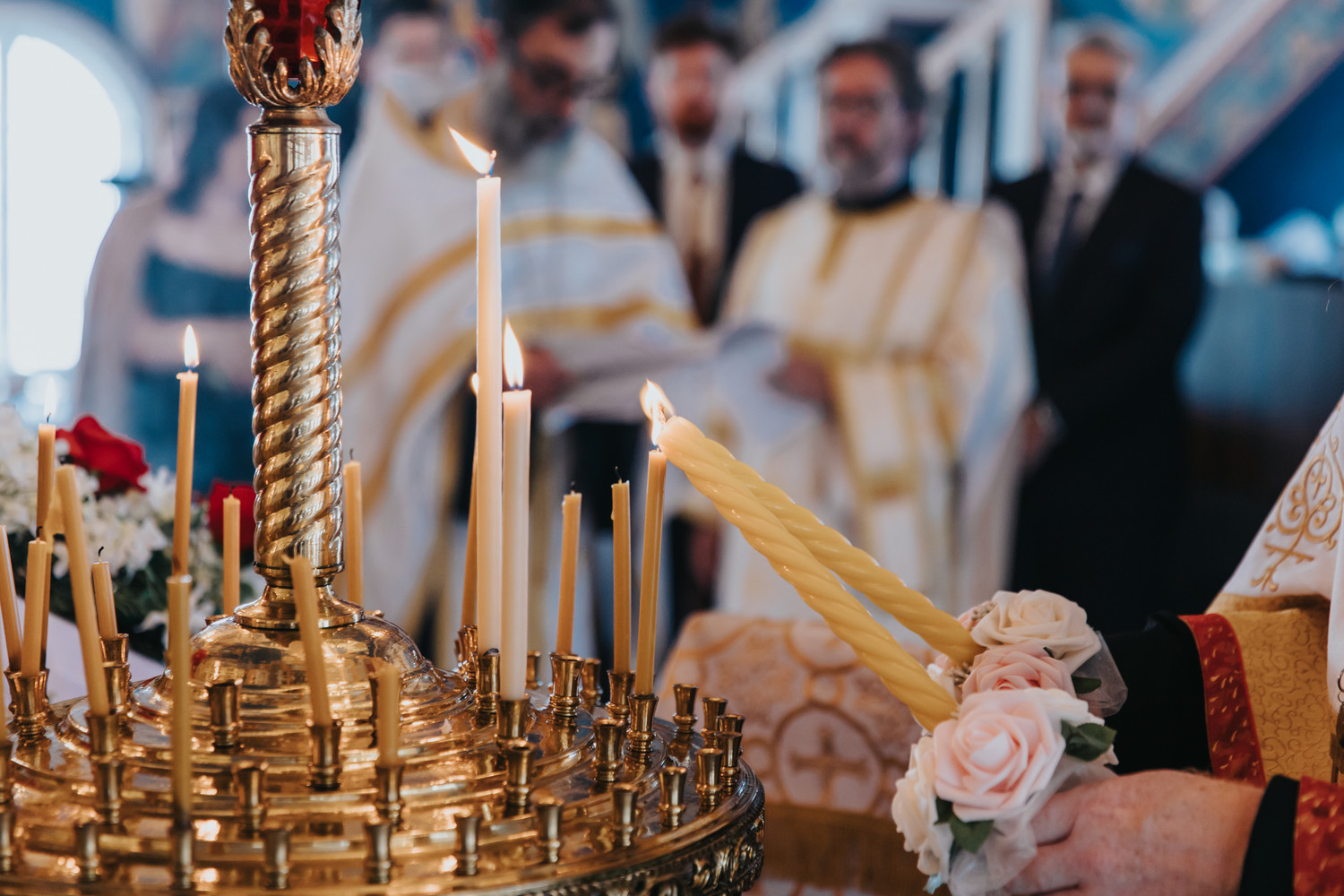
The Crowning:
The pinnacle of the marriage service is the crowning. The crowns symbolise the crowns of martyrdom, since every true marriage involves immeasurable self-sacrifice. The bride and groom are also crowned as the queen and king of their kingdom, the home, which they will rule with wisdom, justice and integrity. The priest places the crowns upon the heads of the groom and the bride blessing each partner, and exchanges the crowns three times over their heads as witness to the sealing of the union.
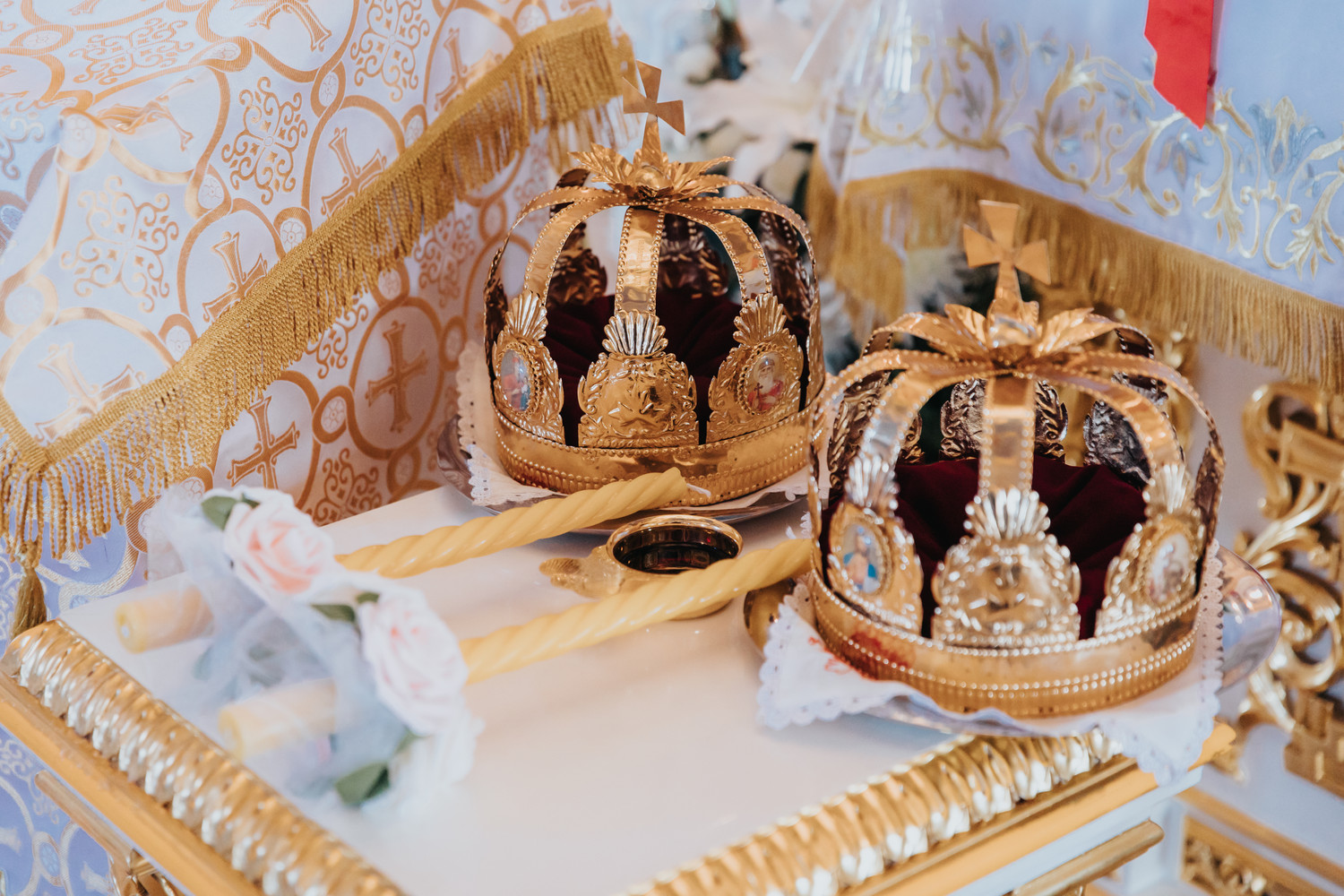
The Bible Readings:
The service continues with the Epistle reading, from Ephesians 5:20-33, and then the Gospel reading, from John 2:1-11. The Epistle details the responsibilities of the husband and wife in the marriage, and the Gospel recounts the story of Christ at the wedding in Cana, when He blessed the institution of marriage and performed the first of His miracles, transforming water into wine.
The Common Cup:
The couple drinks blessed wine from a common cup, remembering the first miracle Jesus performed. The common cup designates a mutual sharing of life in its fullest, a common support for every joy and sorrow experienced in life's walk. The drinking of wine serves to impress upon the couple that, from this moment on, they will share everything in life - their joys will be doubled and their sorrows halved, because they will be shared.
The Dance of Isaiah:
The priest leads the couple around the table on which are placed the Gospel and Cross, Christ's symbols of hope and redemption. These first steps as husband and wife are to emphasize the focus of their "life's walk" together. They are led by their priest who will support them throughout their married life as they follow Christ crucified, centred around the Gospel. During the ceremonial walk around the table, a hymn is sung to the Holy Martyrs, reminding the newly married couple of the sacrificial love they are to have for each other in marriage; a love that seeks not its own, but is willing to sacrifice all for the one loved.
The Blessing:
The marriage ceremony ends with the priest lifting the crowns from the heads of the bride and groom and giving words of blessing to the newlyweds.
Congratulating the Newlyweds:
After the service has concluded, the guests are invited to approach the central icon, and then to greet the newlyweds.
Wedding dates:
This site has information on dates that are suitable for Weddings. (Please speak with Fr Andrew before making any wedding bookings.)
https://www.stnicholaswallsend.org.au/weddingdates
Resources on Marriage
Books:
- On Marriage and Family Life - St John Chrysostom
- Marriage: An Orthodox Perspective - John Meyendorff
- The Five Love Languages (also available for purchase from the church bookstore).
- The Five Love Languages Quiz
Videos:
Wedding FAQ:
Q: What should a bride's dress be like for a wedding in an Orthodox Church?
A: The wedding dress should be a style that is appropriate to wear inside a church. When picking a hairstyle for the wedding, both the groom & bride should consider that the crown's will be placed on their head during the service. Hair should be styled in such a way that allows the crown to sit easily on the head.
Q: Can we bring our own wedding crowns or flower wreath style crowns to be used in the wedding?
A: Yes. For any specific questions on the crown style, please speak to Fr Andrew.
Q: Do the groom & bride say vows during the wedding?
A: No, the couple does not have vows during the wedding.
Q: Can the Father of the Bride walk the Bride up the aisle?
A: Our wedding service is in two parts - the first part happens in the entryway of the church ('narthex'), and the second part happens in the middle of the church ('nave'). While there is no obligation, the Father of the Bride is welcome to walk the Bride to the place where the first part of the wedding will take place.
Q: What are the roles of bridesmaids and groomsmen?
A: It is necessary that there be a 'sponsor' of the wedding couple - either one or two. Akin to a godparent at a baptism, these are required to be adult Orthodox Christians in good standing. Typically, this person will stand outside of the wedding couple (to the right of the groom or the left of the bride) during the service, will serve as a signatory on the wedding certificate, and will be referred to by the priest as the 'best man' or 'maid of honour' (as appropriate). They do not necessarily have duties within the service, but may be tasked with various duties as needed (e.g. folding the bridal mat, holding the bridal train, holding flowers or candles). A couple may elect to have others listed as 'bridesmaids' or 'groomsmen'. There are no rules attached to these, and they do not have an active role in the ceremony. (Customarily, any bridesmaids will precede the bride on her entrance into the church and stand to the bride's left, typically facing towards the centre, though even this is not required).
Q: We have a large number of elderly or disabled people attending the wedding. Will there be sufficient chairs?
A: This is best discussed with the priest at your earliest opportunity, prior to the wedding day.
Q: What alternatives to confetti can we use?
A: We strongly recommend bubbles, used outside the church.
Q: We have questions concerning photography and videography.
A: Please ensure that your photographer and your videographer is in contact with the priest prior to the day of the wedding. Due to the sacred nature of this Sacrament and our limited space, we ask that there be only 1-2 photographers and videographers. All other attendees will be directed to concentrate on their prayer for the couple.
Q: We have questions concerning the Reception. Who can we discuss these with?
A: Any questions about the Reception, including prior bump-in, alcohol, the playlist, and dancing, can be discussed with the priest at your earliest opportunity, prior to the wedding day.

